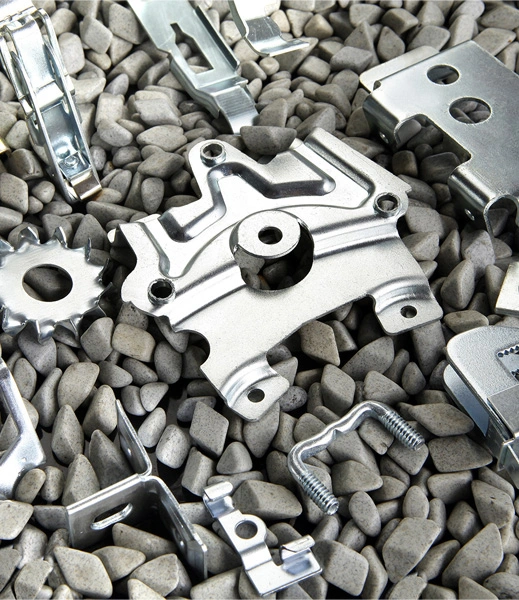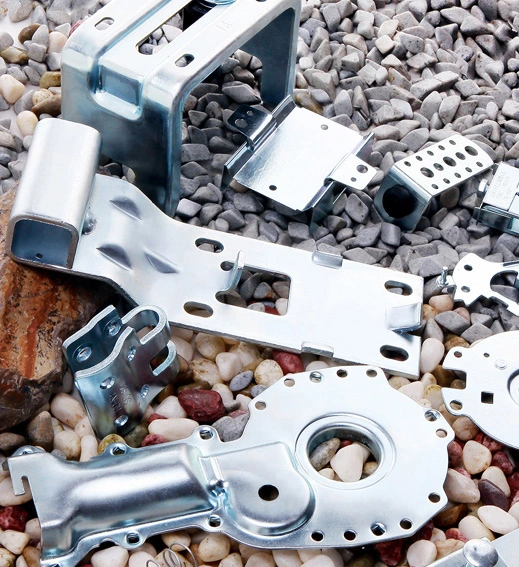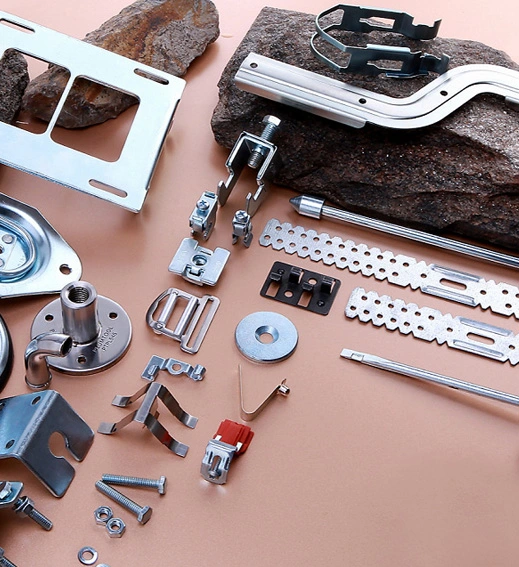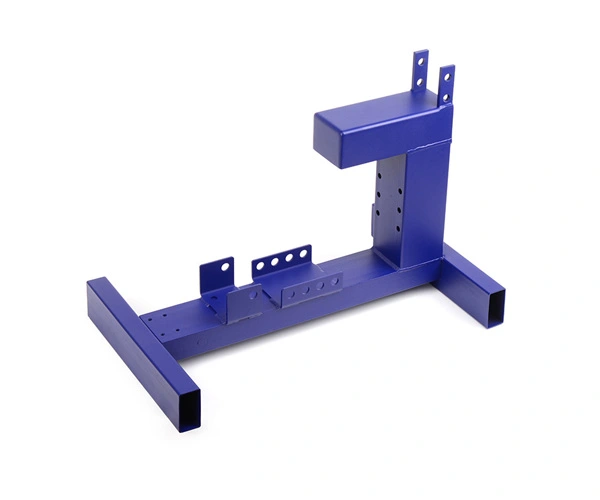
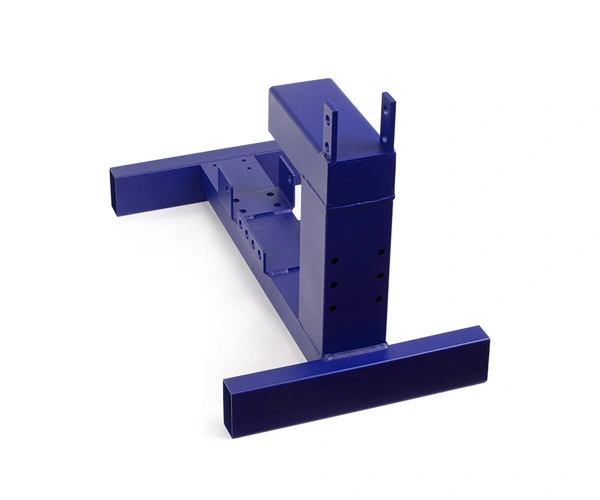
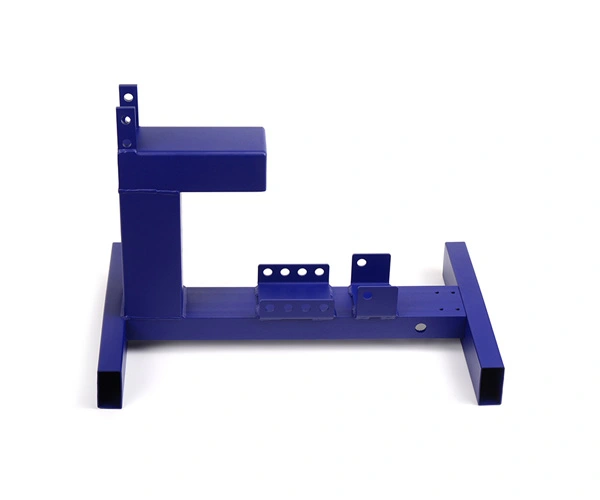
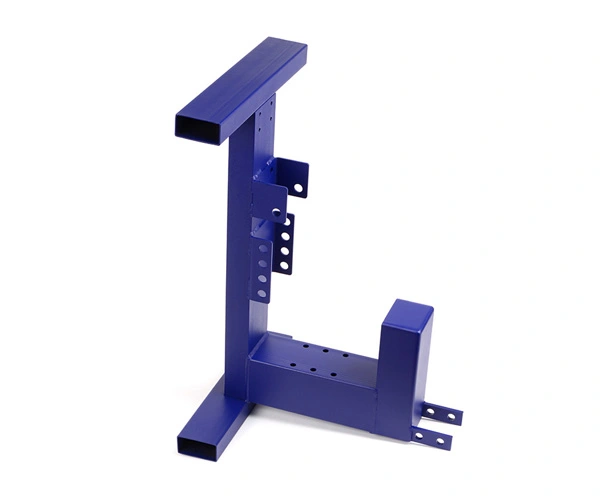




Material: Q235 Q345
Surface: powder coating, spray painting
Customized Size
Tolerance: ±0.5mm
Main Process: cutting drilling welding
Welding of steel structure, welded components, tire racks welding, metal shelves welding, display shelves welding
Bevel - a groove formed by machining the welding part of a workpiece into a certain geometric shape according to design or process requirements, and assembling it. In order to melt through the cross-section of the weld and reduce the fusion ratio; The commonly used groove forms include: I, V, Y, X, U, K, J, etc.
① Classification method for welded joints?
The welded joint consists of the weld seam, fusion zone, heat affected zone, and adjacent base metal. Welding joints mainly serve two purposes, one is the connection function, and the other is the force transmission function.
② What are the basic types of welded joints?
According to different welding methods, welding joints can be divided into three categories: fusion welding joints, pressure welding joints, and brazing joints. The types of base wood for welded joints can be summarized into 5 types, namely butt joints, T-shaped (cross) joints, lap joints, corner joints, and end joints. The basic types of the five types of joints mentioned above are all suitable for fusion welding. Generally, lap joints are used for pressure welding (except for high-frequency resistance welding), and butt joints are only used in some cases; High frequency resistance welding generally uses butt joints, and in some cases, lap joints are used. There are also various forms of brazed joints, and one classification method divides them into four types: lap joints, T-joints, socket joints, tongue and groove joints.
The butt joint is an ideal form of joint in fusion welding for stress. To ensure welding quality, reduce welding deformation and welding material consumption, the edges of the welded parts need to be processed into various forms of grooves for butt welding. The groove of fusion welded joints can be divided into three types based on their shape: basic type, mixed type, and special type. The basic types of grooves mainly include the following; I-shaped groove; V-shaped groove; Unilateral V-shaped groove; U-shaped groove; J-shaped grooves, etc. Special types of grooves mainly include rolled edge grooves; Beveled with cushion plate; Lock edge groove; Plug, groove welding groove, etc.
In order to choose the type, groove shape, and size of welding joints correctly and reasonably, the following aspects should be comprehensively considered:
① design requirements: ensure that the joints meet the usage requirements;
② The difficulty of welding and welding deformation: Welding is easy to achieve and deformation can be controlled;
③ Welding cost: low cost for joint preparation and actual welding;
④ Construction conditions: The manufacturing and construction unit has the necessary technical, personnel, and equipment conditions to complete the construction requirements.

